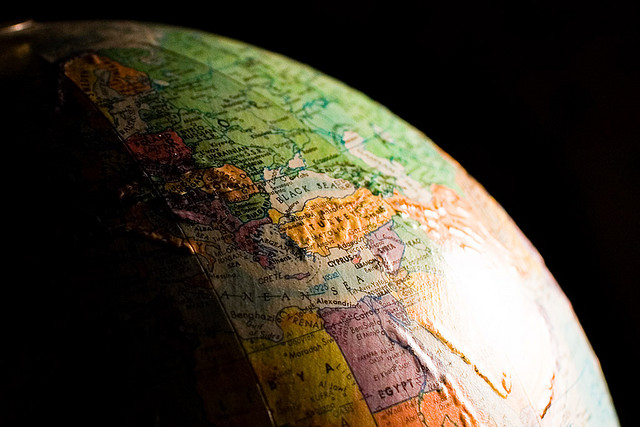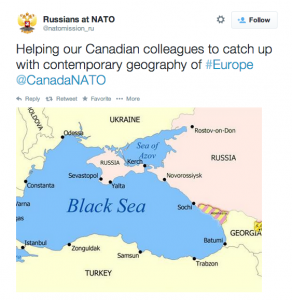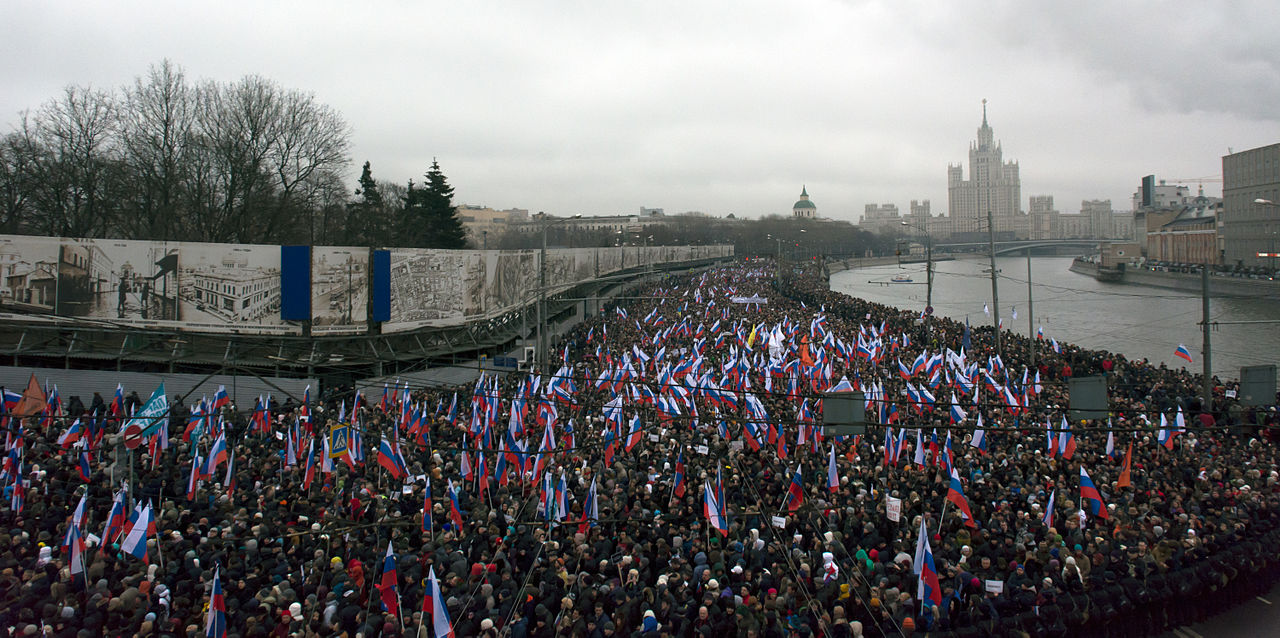The international drama that has engulfed Ukraine and Russia continues into yet another month, full of tension and the possibility for interstate conflict. Tensions have risen along interstate conflict, at least in some surprising ways. Voices on each side of the struggle – principally, the United States and Russia – decry the actions of the others. However, one of the most recent developments came from an unlikely source: the Canadian government and Twitter.
On Aug. 27, 2014, the Twitter account Canada at NATO (@CanadaNATO) took to the internet to remind the Russian government of basic geography. Their tweet was sent out in response to recent allegations by the Ukrainian government that they had seized a group of 10 Russian paratroopers in the Donetsk region. According to the Russians these troops did not mean to end up in Ukraine – they got lost and ended up in the wrong country. The Russian paratroopers, however, were considered to be “elite” troops, and thus should know how to tell their location, which was roughly thirteen miles from the nearest Russian border.
The capture of these soldiers was not the first time that Ukraine or Western nations have accused the Russians of deploying troops in eastern Ukraine. NATO has released aerial surveillance photos documenting Russian artillery pieces and roughly 1,000 Russian soldiers in Ukraine. The West has not been willing to take Russian word at face value following Russian President Vladimir Putin’s announcement that Russian servicemen were deployed in Crimea.
Mistake or not, the paratrooping incident led to sufficiently awkward talks between Russian president Vladimir Putin and Ukrainian President Petro Poroshenko. The two leaders were meeting to discuss a “roadmap” to end fighting between Ukrainian forces and the pro-Russian separatists located in Ukraine’s eastern regions. This incident, though, has become yet another roadblock to any sort of peace deal in the region. That being said, this was not the only major development in the conflict: the Ukrainian government also announced that their border troops were fired upon by Russian military helicopters, an event that killed four and wounded three more.
Now, enter Canada, or at least their NATO Twitter account. While White House Press Secretary John Earnest may take to calling this event “a pretty flagrant escalation of this situation,” the Canadian government went straight to a snarky response. “Geography can be tough,” the Canadians helpfully point out. “Here’s a guide for Russian soldiers who keep getting lost & ‘accidentally’ entering #Ukraine.” With the Russian state labeled “RUSSIA” (and colored in red, coincidentally enough) and Ukraine – Crimea included – labeled “NOT RUSSIA,” the Canadians were saying what so many around the world have been wanting to say. While others, including the United States, may use diplomatic rhetoric to shield their opinion on what they see as calculated actions of the Russian government, the Canadians hold nothing back. Instead, they are using social media as a tool to influence public opinion.
The Russians (@natomission_ru) then tried to have the last word in this new format of diplomatic debate by taking the Twitter fight to another level. They shot back, “Helping our Canadian colleagues to catch up with contemporary geography of #Europe,” including their own map with Crimea no longer considered “NOT RUSSIA,” but instead depicted as a solid member of the Russian Federation.
International diplomacy, from the most mundane issues to the daily headlines, is finding a new voice on Twitter and other social media platforms. Just a cursory scroll through the Canada at NATO profile shows how social media has impacted their diplomacy. Canada at NATO supplies links to articles related to the Crisis in Ukraine, information on “crisp, intelligent analysis of #Russia and #Putin,” and pictures of the Canadian NATO forces training for different scenarios in Eastern Europe.
Are Twitter and other forms of social media the new forum for international diplomacy? Probably not. But do they add a new wrinkle to the business of diplomacy? It does appear that way. Forms of social media can help educate everyday citizens and involve them in the diplomatic process, if only by increasing access to online resources and world news. So, although the Canadian-Russian Twitter feud over a few “lost” Russian paratroopers may be fodder for internet trolls and late-night pundits, it also represents a future dynamic of international relations.
Unfortunately for the United States and the U.S. Department of State, the increased rhetoric is not coming from its European allies, namely Great Britain, France, and Germany, but instead from its neighbor to the north. While snarky tweets from the Canadians are appreciated both for humor and a voice of solidarity, the United States needs to hear similarly strong opinions coming from Europe’s leading states.




